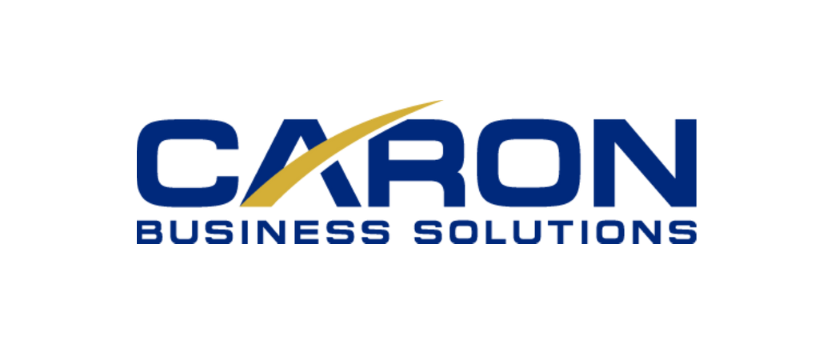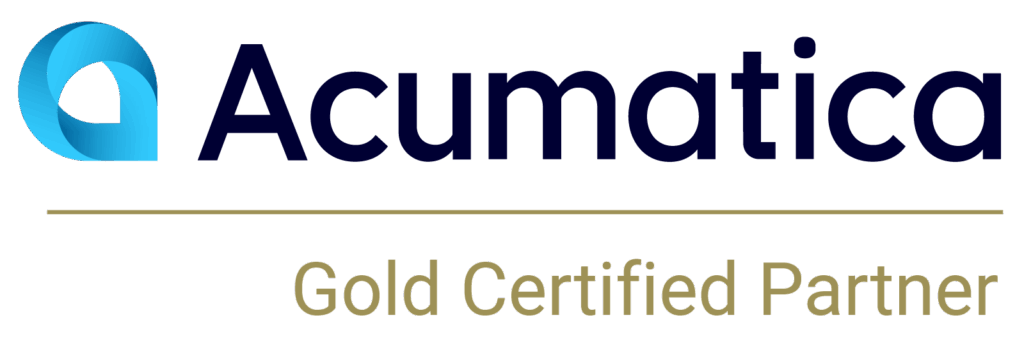5 Ways Mining Companies Can Reduce Waste and Cost in the Procurement Cycle
As many mining operations resume operations in the wake of the global health crisis and associated economic downturn, there is a renewed focus on cost control. A company’s procurement function is a strategic point of focus when trying to control costs. In most cases, procurement is the single largest payment stream made by a mine site – more than payments to governments, salaries, and community investment combined. Here we’ve identified five areas in the procurement cycle where mining companies can reduce waste and costs to better position themselves for the recovery. In our next installment, we’ll get into the specifics of how smart procurement tools and practices provide the practical infrastructure needed to make it happen.
1. Centralize purchasing functions
One of the main reasons why mining companies have trouble managing their purchasing processes optimally is because different purchasing teams procure in different locations, and the efforts are not coordinated or tracked. This often leads to waste, overstocking, and missed opportunities for lower, volume pricing. Centralizing the procurement functions can address these challenges. Deloitte’s Global Chief Procurement Officer Survey found that consolidating spend was the lever surveyed CPO’s expected to deliver the most value. By centralizing the organization’s spending, mining companies gain visibility into corporate spending—including what they are buying, when, and from whom—and that visibility provides better control, less waste, and more negotiating power.
2. Optimize inventory holdings
Holding too much inventory is costly and wasteful, yet hold too little and you risk downtime and lost productivity. It’s a difficult balance to obtain. Most commodity prices have dropped dramatically since the crisis began, creating an opportunity to build inventory to take advantage of lower prices. By continually monitoring your supplier costs and purchasing activity, you gain deep insight into your supply chain and can more readily identify opportunities to make purchases at the right time and in the right quantities to maximize cost savings.
3. Manage indirect costs
Indirect costs are your costs that are not directly related to mining production — and in every industry, they tend to be underestimated and not prioritized. Since indirect costs are not linked to the actual mining operation, they are inherently more difficult to measure and to factor into the bottom line. Because of this, mining companies tend to minimize the value of better management of indirect spending. Estimates are that even a five percent reduction in indirect spend can translate to a one to three percent impact on the bottom line.
4. Build better (and fewer) vendor relationships
Forming strong supplier relationships makes smart financial sense. Mining companies can reduce costs by consolidating their vendor pools into a smaller number of strategic partners and centralizing purchasing activity with those suppliers. In a study by Hackett Group, top performing companies had 2.3 times fewer strategic suppliers than their lower-performing peers. By systematically reducing your supplier pool and partnering with key suppliers, your mining company can receive better pricing, lower shipping costs, and increased volume buying power. In the aforementioned Hackett Group study, reducing suppliers contributed to a 3.35% cost reduction for indirect spend and a 9.18% reduction for general equipment and supplies.
5. Automate routine processes
Decreasing the cycle times associated with procuring materials and services is an effective way to cut procurement-related costs in your mining operation. Research from the American Productivity & Quality Center’s (APQC) found that top performers in procurement take fewer hours to place a purchase order and wait fewer days to receive materials from suppliers. According to APQC’s research, automating the procurement process can cut an organization’s cycle time from seven days to two.
Procurement cost savings are real
Every dollar your company saves in procurement goes directly to bottom line. A smart approach to sourcing, inventory holdings, vendor relations, and technology tools systematically looks for savings at every touchpoint, providing your mining operation with the potential for significant cost savings. We’ll talk more about the specifics to this approach next time.
We’ve just scratched the surface of a complex topic here. If you have questions about how to make your company’s procurement cycle a strategic part of the operation, Caron Mining Solutions is a comprehensive, powerful, and easy-to-use mining industry ERP solution, built on Sage ERP software, that addresses the challenges modern mining operations face. Learn more about Caron Mining Solutions here, or by contacting us here.



